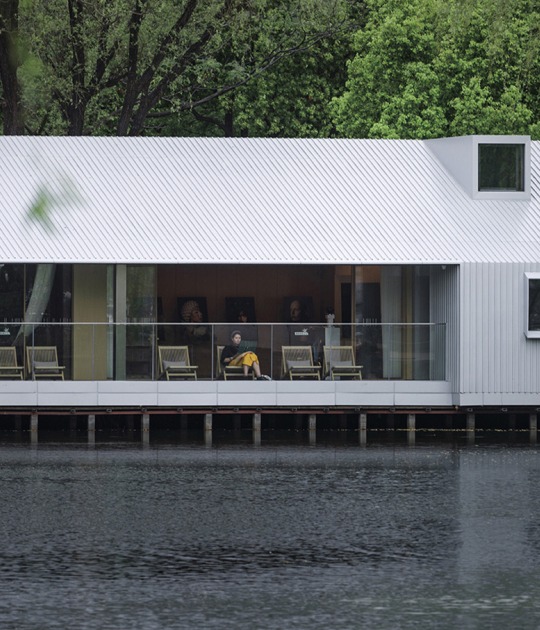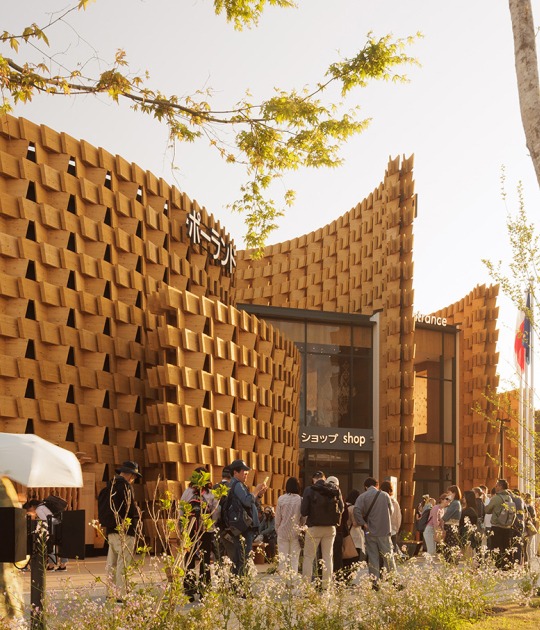Countryside at the United Nations is curated by Rem Koolhaas and Samir Bantal, Director of AMO, with the support of the Permanent Mission of the Kingdom of the Netherlands to the United Nations. The exhibition will remain open until July 29, 2021.
Description of project by OMA
January 2008. The United Nations’ World Urbanization Prospects estimated that by the end of that year, over half of the global population would live in cities. In 2018, the Prospects confirmed 55.3% of humankind was living in urban settlements – a convincing argument for investigation to be directed to urbanized areas, to achieve intelligent and sustainable cities.
What about the other half of the population? As the “smart city” dominated the discourse on urbanization, the countryside was left out.
Countryside, The Future, an exhibition organized in 2020 by the Solomon R. Guggenheim Museum in collaboration with AMO, was an attempt to reimagine the discourse. The exhibition presented research directed by AMO over five years, which brought together discussions in the scientific, sociological, artistic and political realms. The show aspired to position the broadly defined “countryside” – or 98% of the Earth’s surface not occupied by cities – as a vital subject for global discussion.
As the world ponders solutions for recovery from the pandemic, what can the countryside offer? The UN Food Systems Summit in September 2021 – an initiative for global sustainability through equitable food systems – offers opportunities to focus on the potential of the countryside in food systems transformation.
In anticipation of the summit, AMO takes over the fences of the UN Headquarters in New York as a site for a renewed discourse on countryside. A series of panels present questions and images to illustrate rural transformations of different kinds – from the Siberian Permafrost to futuristic Dutch greenhouses that unsettle every existing concept in agriculture. Each panel focuses on an aspect of agricultural innovation, ecological change, and food production and security. At the intersection of culture and policymaking, Countryside at the United Nations invites reflection, response and action, opening public discussion.






































